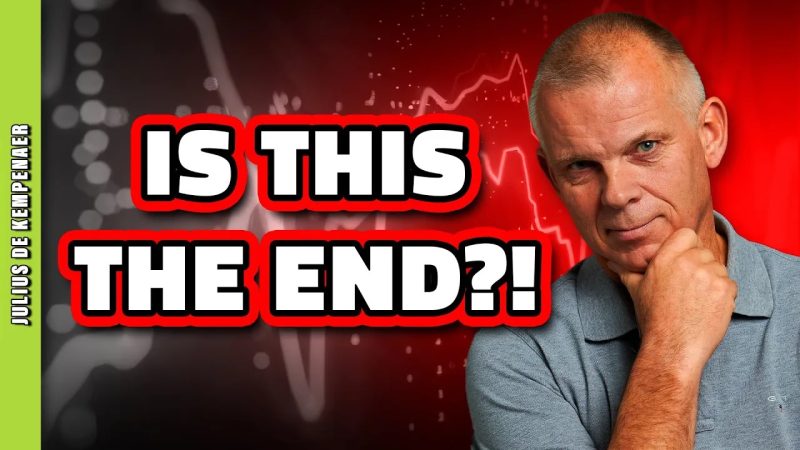Indeed, the recent market trends have been hinting at a possible end to stock outperformance. Several factors contribute to this hypothesis, each relating to the broader market dynamics and the economic conditions which have been on a rollercoaster ride in recent times. This shift could potentially undermine the stock market’s long-standing streak of high performance and introduce new dynamics in the investment arena.
Firstly, stock outperformance can be majorly attributed to the actions of the monetary policy makers. In the aftermath of the 2008 financial crisis, central banks worldwide adopted a policy of low interest rates to stimulate lagging economies. This resulted in a large influx of money into the market, leading to a rapid growth in share prices. However, with the recent shift towards a rising interest environment, it would potentially decrease the money supply and increase the cost of borrowing, thereby reducing market liquidity, and eventually leading to lower stock performance.
Secondly, market concentration plays a significant role in driving stock performance. The recent years have seen a stark concentration in a handful of stocks driving the market performance. A closer look at S&P 500 index reveals that major technology giants such as Alphabet, Amazon, Apple, Facebook and Microsoft have contributed the most towards the index’s returns. However, if these over-performing stocks start to stagger, the entire index and in turn the market is set to suffer. Recent regulatory scrutinizes and revenue misses of these tech giants suggest just that, hinting at a possible end to their outperformance.
Thirdly, market valuation is another factor which casts a shadow on future stock outperformance. A high valuation of stocks compared to historical averages suggests a possible overpricing in the market. Up-to-date, the S&P 500 index is trading at a higher-than-average price to earnings ratio. As market tends to revert towards its mean valuation over time, it implies a possible correction in the equity market, thus ending the stock outperformance.
Last but not least, the prospects of economic recovery from the COVID-19 pandemic is filled with hurdles and uncertainties. The anticipated gradual tapering of quantitative easing and returning to pre-pandemic economic conditions might result in bumpy transitions in the stock market. The expected inflation pressure and bond yields also add to the complexity, possibly impacting future stock market returns negatively.
It’s important to note, however, that while the previous points suggest an end to stock outperformance, it does not mean a bear market is inbound. The end of outperformance could just be an indicator of a return-to-mean scenario or a slower pace of growth. The volatility, after all, is an inherent part of the financial market that investors have to navigate through.
Regardless, these looming factors should make every investor cautious and prompt them to revisit their investment strategies. It is apt to focus on broad diversification, prudent risk management, and long-term investing to navigate through this potentially changing landscape. In the end, it is not about avoiding risk, but about managing it effectively.




